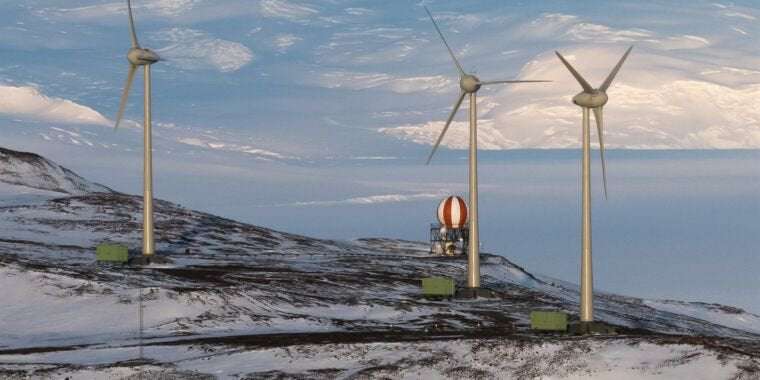Monday morning, as a jet stream brought frigid air south to the central United States, Texas residents found themselves facing rolling blackouts as the statewide grid struggled to meet demand amid a large shortfall in generating capacity. As the day wore on, many saw these blackouts extend for ever longer periods of the day, and grid authorities are expecting problems to extend into at least Tuesday. As of noon local time on Monday, the Southwest Power Pool, which serves areas to the north of Texas, also announced that demand was exceeding generating capacity.
The shortfalls appear to be widespread, affecting everything from wind turbines to nuclear plants. One source of trouble may be an increased competition for natural gas, which is commonly used for heating in the United States.
Texas is unusual in that almost the entire state is part of a single grid that lacks extensive integration with those of the surrounding states. That grid is run by an organization called ERCOT, the Electric Reliability Council of Texas, a nonprofit controlled by the state legislature.
According to a statement released today by ERCOT, the grid entered a state of emergency shortly after 1am on Monday, meaning it could no longer guarantee enough power generation to meet customer demands. This is because roughly 30 gigawatts of generation capacity has been forced offline.
While some early reports indicated that frozen wind turbines were causing significant shortfalls, 30GW is roughly equal to the entire state's wind capacity if every turbine is producing all the power it's rated for. Since wind in Texas generally tends to produce less during winter, there's no way that the grid operators would have planned for getting 30GW from wind generation; in fact, a chart at ERCOT indicates that wind is producing significantly more than forecast.
So while having Texas' full wind-generating capacity online would help, the problems with meeting demand appear to lie elsewhere. An ERCOT director told Bloomberg that problems were widespread across generating sources, including coal, natural gas, and even nuclear plants. In the past, severe cold has caused US supplies of natural gas to be constrained, as use in residential heating competes with its use in generating electricity. But that doesn't explain the shortfalls in coal and nuclear, and the ERCOT executive wasn't willing to speculate.
With generation failing to meet demand, ERCOT was left with no other option other than to cut off customers' access to power. "About 10,500 MW of customer load was shed at the highest point," as the company put it. In a graph posted on ERCOT's homepage, you can watch a sudden plunge in demand occurring at the time the emergency started, indicating that many customers likely saw their electricity cut off at this point. And at two points in the day since, demand experienced an additional plunge when it threatened to exceed supply, indicating further cuts.
Note that the projected demand for later in the day is far, far higher than the expected supply, indicating that Texas is in for a very difficult evening.
By around noon local time, similar problems had struck the Southwest Power Pool, which serves parts of 14 states to the north of Texas. A statement released on Twitter said that the organization had started relying on reserve energy at 10am local time and ran out of that shortly afterward. (The company's website appears to be down, though whether that's due to power issues or many people checking its status isn't clear.) "This is an unprecedented event and marks the first time Southwest Power Pool has ever had to call for controlled interruptions of service," said the company's CEO.
Authorities will probably need several weeks, if not longer, to fully understand how so much generating capacity was taken offline at what turned out to be a period of critical demand. But the event drives home the fact that balancing supply and demand on the grid has always been a challenge and prone to failure at times of extreme heat and cold. While the variability of renewable supplies will undoubtedly increase the challenge, the growing emphasis on pairing them with storage may ultimately help smooth out some of the problems in the coming decades.

OmegaMasamune on February 16th, 2021 at 03:27 UTC »
Houston resident here, been without power for 19.5 hours now. I’m from chicago, so this isn’t really all that cold for me, it’s the fact that everything is shut down that boggles my mind.
challahbee on February 16th, 2021 at 02:38 UTC »
Sitting here in Dallas waiting for the power to go out again. We’ve been lucky so far with just the one outage while we were asleep, but some people have spent eighteen hours with no electricity in single digit weather. Seriously worried people are going to die tonight.
joedawnn on February 16th, 2021 at 02:23 UTC »
I live near plano. We have been getting 18 mins of power, 12 mins of downtime. Its fucking cold. Its boring as shit. I dont have any signal off wifi.
Im just playing pokemon and going to drink until I fall asleep. Fun times lol.